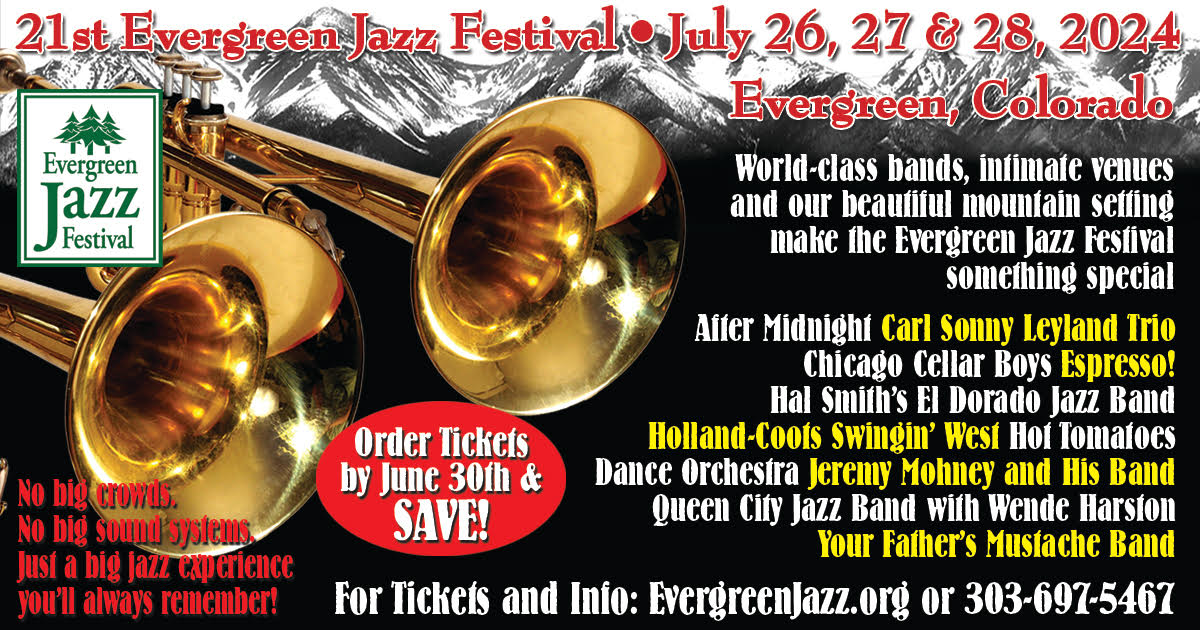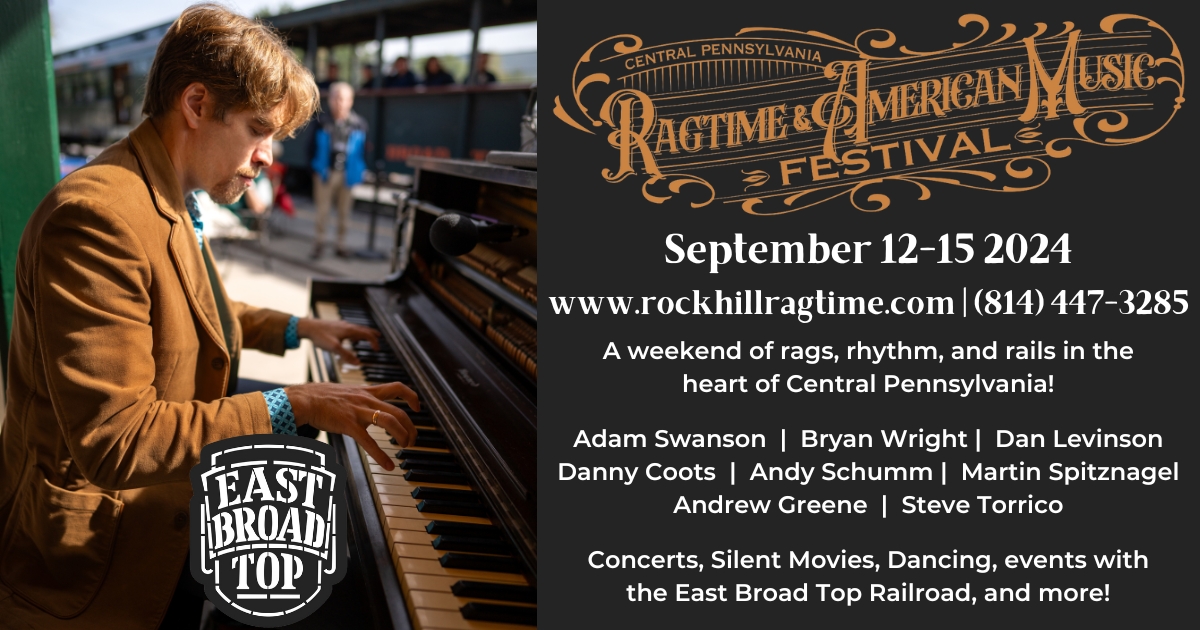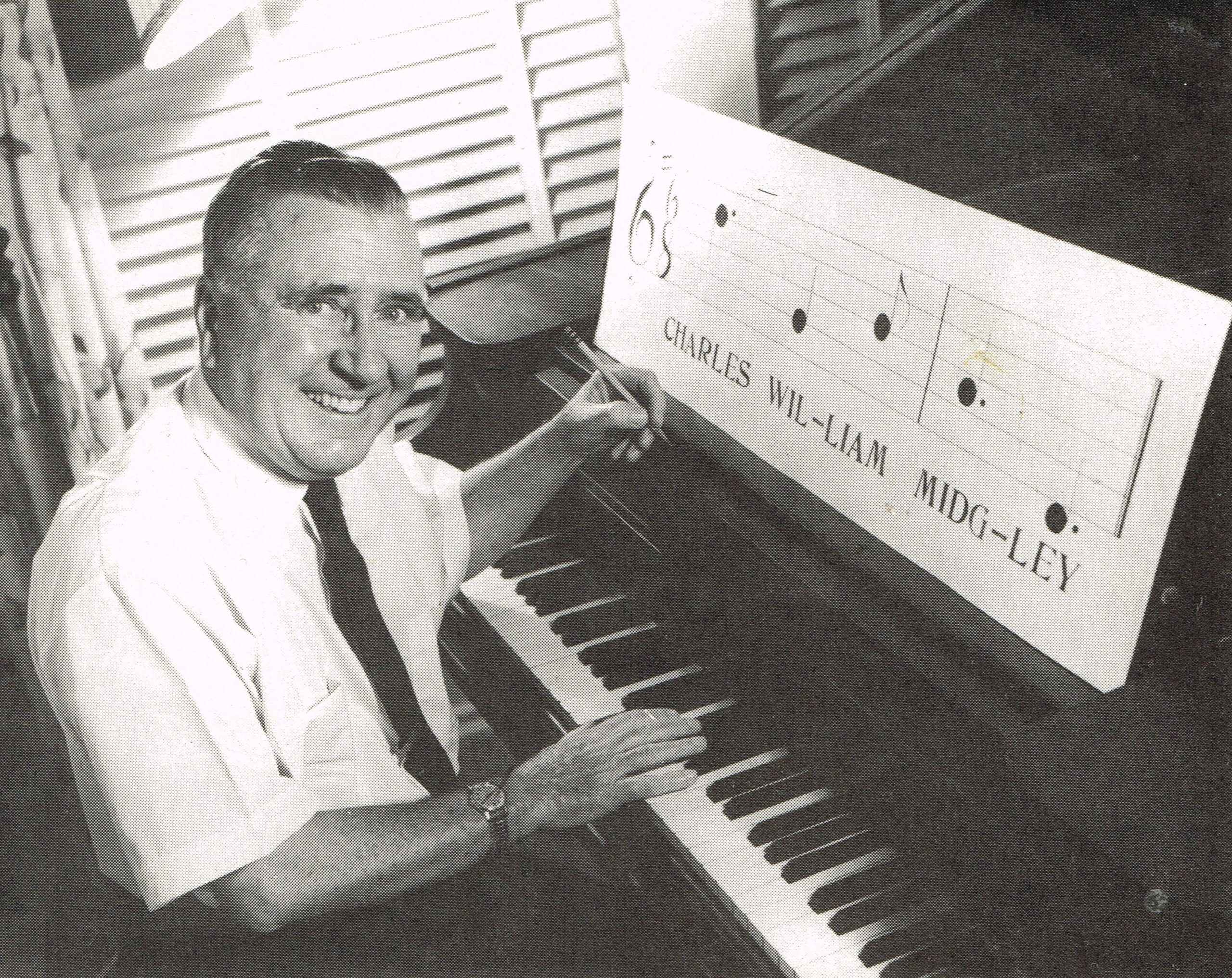
I met him on a Sacramento city bus. I was thirteen. Often after school, I would ride the city bus into downtown to explore the boarded-up old theatres on K Street. It was on one such trip that I saw this rather dapper, yet humbly dressed old man. You could see just the slightest bit of fray in his well kept, but very old clothing. This saddened me and intrigued me at the same time. Even then, the young and often precocious me had no fear of talking to anybody about any subject. I sat next to him and struck-up a conversation about straw boater hats. I thought that he surely was alive when they were in fashion. Indeed he was.
Charles William Midgley (December 17, 1899 – April 2, 1985) fascinated me. On my frequent bus trips to downtown I would see him again and again and we became pals. He told me he had been, most recently, a volunteer swimming instructor at the Sacramento WMCA and a piano and music teacher. This eventually resulted with an invitation visit to his Land Park cottage at 777 Perkins Way. What I learned in that house has remained with me every day of my life. For the next year or so I would often visit, I even brought my parents along one time because I thought this man was so extraordinary, I thought they should meet him.
In the course of these visits I learned that he and his family were from Salt Lake City. They had relatives in Oakland and would often seasonally travel back and forth between the two cities. This resulted in a childhood friendship in Oakland between Charles, then seven years old, and another boy, six; together they would pretend to make movies by attaching a thread spool to a soap box, mounting it on a tripod and attaching a phonograph crank to make it look like they were taking movies. When the San Francisco earthquake of April 18, 1906, occurred, the two sat together and watched San Francisco burn across the bay for the next day.
His childhood chum would later grow up and make real movies, in fact some of the most beloved; that boy was none other than Mervyn LeRoy, who directed The Wizard of Oz. In April 1985, it was a very early lesson for me, still in my teen years, to deliver somber news by telephoning Mr. LeRoy and informing him of his childhood pal’s passing.
Midgley’s family had built and opened the American Theatre in Salt Lake City in February 1913. Then they motored west for the Panama-Pacific Exposition of 1915 in San Francisco and stayed, establishing their residence in Oakland. They remained showfolk; operating the American Theatre and Ritz Theatres (managed by his brother Rex Midgely) in Oakland and even installed a pipe organ in their house.
Charles graduated from Stanford 1919 and went to New York City to study at the Institute of Musical Art, returning to Oakland in 1927, as a pianist and arranger with Horace Heidt’s Californians at Midgley’s father’s American Theatre. He wrote the hottest jazz arrangements for the Heidt band through 1928. Thankfully, several records of them were made for Victor at the short-lived Oakland Victor studio, so you may still hear just how hot that band was with Midgley’s arrangements.
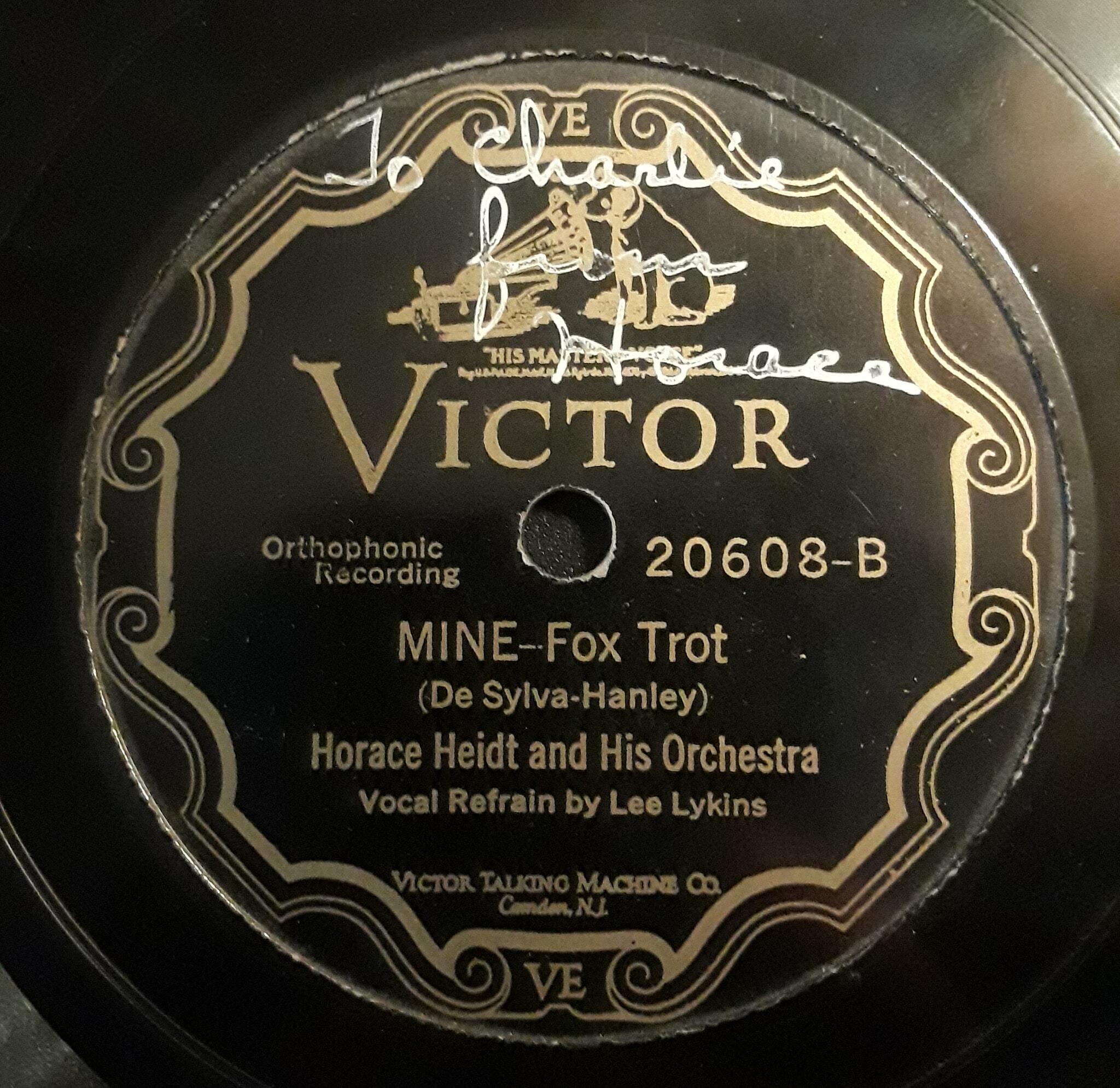
Charles left Horace in 1928 and returned to New York to be a rehearsal pianist for Lee and JJ Schubert and their organization on Broadway; he would do the same later for Earl Carroll in New York.
With the arrival of talking pictures, he was brought to Hollywood where he worked for the music department at Paramount directly under Nat Finston where he was a composer, arranger, and vocal coach for stars Rex Bell, Clara Bow, Fredric March, Leon Errol, and Jack Oakie. Nat Finston referred to Midgley and his fellows in the music department as “My Gorillas”! Midgley mostly wrote music for under the main titles, often uncredited, notably for the 1930 Paramount Pictures The Silent Enemy, the 1930 version of The Light of Western Stars with Richard Arlen and Mary Brian, and The Benson Murder Case with William Powell.
In later life, Charles wrote his Symphony, No. 1 in C Major (“Peace”), in 1947, which was premiered by the Stockton Symphony December 3, 1951, at the Stockton High School Auditorium. It would be the first of three large orchestral works. My thirteen year old eyes and ears were opened to the music and personalities if the late twenties and early thirties by Mr. Midgley: he would play his Knabe grand for me hours on end in the authentic style of the peak of the era that would become my very favorite and the one to which I most connect, the world of the popular song from 1925-1935. My friendship with him fueled all of the key interests I hold dear today: movie theatre operations and history, music, showmanship, pre-swing orchestrated jazz, and Paul Whiteman.
He was present at Aeolian Hall in 1924 for the premiere of “Rhapsody in Blue” at Paul Whiteman’s Experiment in Modern Music. His description of that night, the snow falling and the bitter cold waiting to get in brought history to life in a first-hand account in a way no book possibly could. He was a disciple of Whiteman and Ferde Grofé, he instilled my passion for Whiteman by playing the concert arrangement of “When Day is Done” from memory at his piano. I was so seduced by this music, rendered for me by an actual participant in the era of its creation.
He then presented me with a gift that is one of my greatest treasures; he composed a song for me, “Bombalino.” He told me the jaunty melody was inspired by my precocious enthusiasm. The first melodic theme in the tune was created in 1984. Later, as our friendship grew, he composed a second theme for it in 1985 and had to jot down a road map of how to play it as a combined melody on the back of a circa 1930 sheet of Oakland’s American Theatre letterhead.
Midgley had a remarkable photographic memory, you could ask him how much change he had in his pocket on any given day in his life to that moment and he could tell you. He moved to Sacramento in the late 1940s.
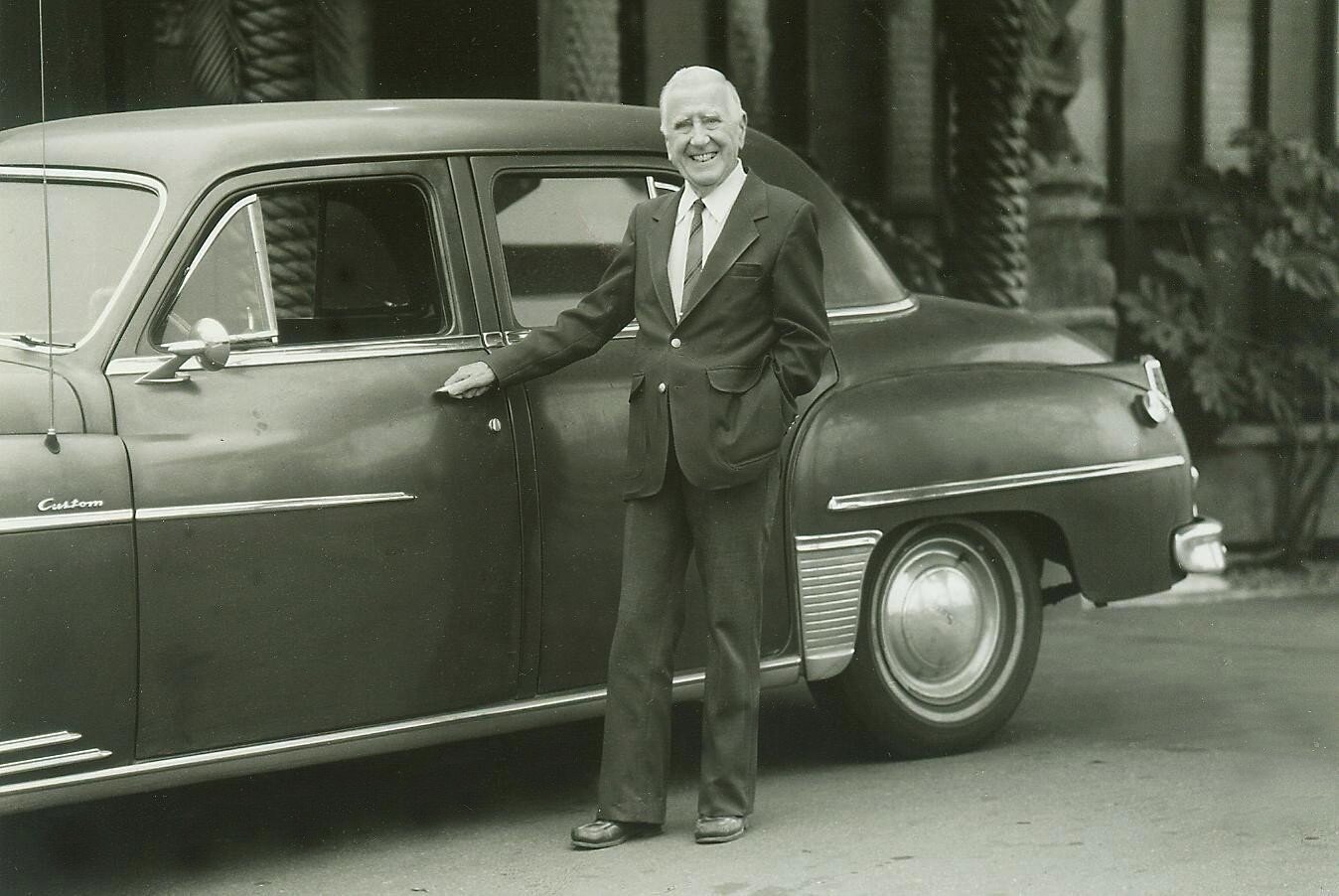
It was a real sense of loss for me in April of 1985 when he died. A few months later I received a telephone call from his cousin Diana from Rancho Mirage, informing me of her intent to close up his little cottage and that if I came by, I could collect some mementos of our friendship. I arrived and she was very elegant but small of stature. She truly looked at me as if through a lorgnette, as if she could not understand how a teenager had such a great pal in Charles.
She graciously allowed me to take all of his original song and music manuscripts except his symphony. I later turned them all over to Peter Mintun for preservation. Additionally, I was able to save all of his 78rpm records, early cinema scrapbooks, some of his theatre memorabilia, and a watch fob from the Panama-Pacific International Exhibition of 1915. I now regret not taking a stack of baseball cards he had saved from the early teens from Cracker Jack boxes… but at that age with no interest in sports, they had no meaning to me. Had I, I might never have had to work again… those cards are priceless today. I also regret not knowing what I know now of Midgley’s cousin Diana that last day I was in that cottage; she was none other than film actress Diana Lewis, the wife of actor William Powell, who became one of my very favorites after I became an adult. What I could have asked! They were still living together at that time.
Regrets aside, the treasure of the friendship, the mementos I was able to preserve to the present, all had a great deal to do with forming the person I am today, along with many such influences of other lovely key humans in my life. Now, I am beginning to arrive at an age where I must be as generous as Mr. Midgley was with me to the young people that show genuine interest in what I love and know about and have the driven curiosity to know more. Perhaps learning to take this attitude about the sharing of knowledge, love and passion may have been Midgley’s greatest gift to me.
As a fitting coda, it was with poetic beauty that an abbreviated version of melody he wrote for me became the radio theme to Matías Bombal’s Hollywood. His music once again played under the main titles and at the beginning of each broadcast as it had when he worked at Paramount Pictures in 1930.






